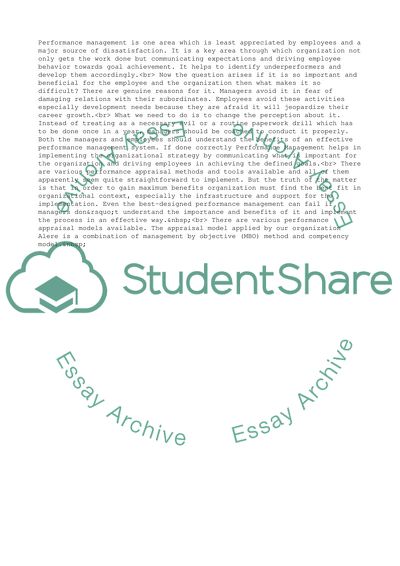Cite this document
(Performance Management of Employees Research Paper, n.d.)
Performance Management of Employees Research Paper. Retrieved from https://studentshare.org/management/1748996-performance-management-paper
Performance Management of Employees Research Paper. Retrieved from https://studentshare.org/management/1748996-performance-management-paper
(Performance Management of Employees Research Paper)
Performance Management of Employees Research Paper. https://studentshare.org/management/1748996-performance-management-paper.
Performance Management of Employees Research Paper. https://studentshare.org/management/1748996-performance-management-paper.
“Performance Management of Employees Research Paper”, n.d. https://studentshare.org/management/1748996-performance-management-paper.


